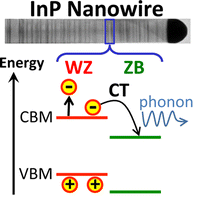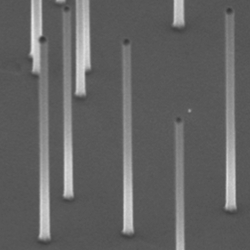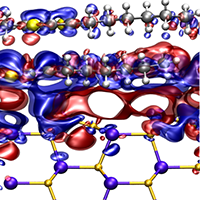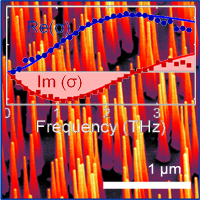Detectors would operate in terahertz region.
By Phil Dooleyhttps://cosmosmagazine.com/physics/scanning-with-golden-bow-ties-1
Australian and British physicists have unveiled their design for a high-precision detector they say could enable a new generation of safe compact scanners.
As described in a paper in the journal Science, it is based around tiny “bow ties”, each comprising two triangles of solid gold connected by two nanowires.
This design allows it to operate in the terahertz region of the electromagnetic spectrum, between microwaves and infrared. Terahertz scanning offers a safer low-energy alternative to X-rays: it is not powerful enough to ionise materials.
However, it still penetrates materials such as plastics, wood and paper, is absorbed by water, and is reflected by metals, giving the technology the capability to analyse a wide range of samples.
The bow ties also are able to detect the polarisation of the terahertz radiation, which adds another dimension to the detector’s versatility.
“The polarisation gives you much more useful information, especially about biological molecules, for example their chirality,” says Chennupati Jagadish from the Australian National University (ANU).
“Complex molecules have their own terahertz fingerprints, so this technology can be used for finding cancer biomarkers, locating explosives or measuring moisture levels in crops.”
The device is the result of a collaboration between ANU and Oxford University in England and Scotland’s Strathclyde University.
Importantly, the researchers say, it overcomes a limitation in the resolution, or detail, of conventional terahertz imaging, which is linked to its millimetre-scale wavelength – a million times larger than X-rays, with nanometre-scale wavelengths.
The design gets around this limitation with the microscopic scale of the bow ties. The pair of nanowires at their heart are indium phosphide wires one hundredth the size of a human hair: around 280 nanometres in diameter and ten micrometres long.
Although each detector is much smaller than the terahertz waves (around 300 microns), an array of bow ties can be used to create a near-field image that bypasses the diffraction limit of the terahertz radiation’s wavelength.
To detect the polarisation of the radiation, the team combined two bow ties, set at right angles to each other, with their central nanowires crossing but not in contact – one bow tie is set slightly above the other.
Although a simplistic-sounding design, the vertically offset configuration took three years of collaboration to devise and manufacture.
The nanowires were created at ANU, the triangles were added at Oxford as antennae to boost the signal level (gold being the obvious choice due to its high conductivity), then the devices were assembled at Strathclyde.
The team is now developing nano-scale electronics to connect to the detector, so the whole device can be built onto a single chip, in contrast with existing bulky terahertz scanners.







